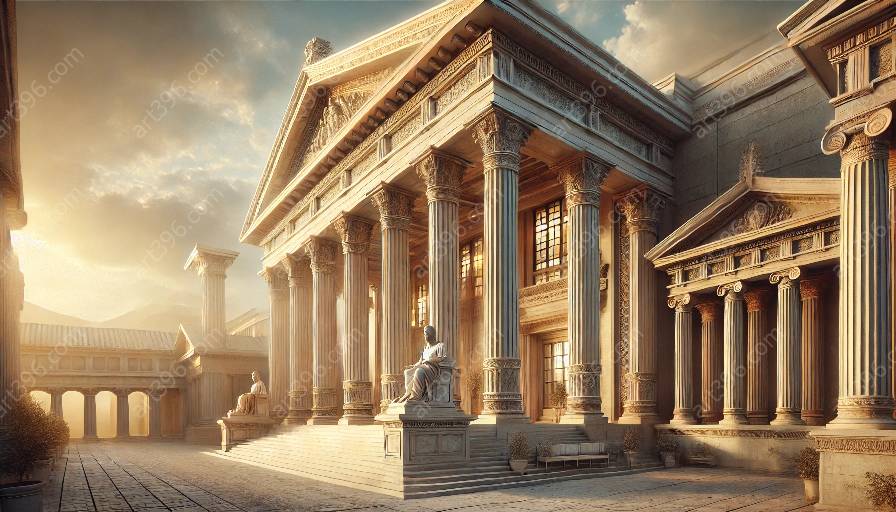Greek architecture and the natural landscape have been intricately intertwined for centuries, with Greek architects incorporating the natural surroundings into their designs. This harmonious integration has resulted in iconic structures that blend seamlessly with the environment, shaping the unique character of Greek architectural design.
The Historical Context
Throughout history, Greek architects have been deeply influenced by the scenic beauty and natural elements of their surroundings. The ancient Greeks regarded the natural landscape as a source of inspiration and sought to complement it through their architectural creations. The integration of natural landscape in Greek architectural design is rooted in their belief that buildings should exist in harmony with nature, rather than overshadowing it.
The Role of Natural Elements
Natural elements such as sunlight, wind, and water hold significant importance in Greek architectural design. Architects carefully considered the orientation of their buildings to capture natural light and airflow, creating spaces that were both functional and visually striking. Water features, such as fountains and pools, were frequently incorporated to emphasize the connection between architecture and the surrounding landscape.
Adaptation to Terrain
One of the defining characteristics of Greek architectural design is its seamless adaptation to the natural terrain. Instead of imposing rigid structures on the landscape, Greek architects skillfully worked with the topography to create buildings that appeared to emerge organically from the surrounding environment. This approach allowed for a sense of unity between the constructed environment and the natural world.
Modern Interpretations
Contemporary architects continue to draw inspiration from the integration of natural landscape in Greek architectural design. By embracing sustainable design principles and incorporating green spaces, modern Greek architecture remains rooted in its historical context while addressing current environmental challenges. The use of natural materials and the integration of eco-friendly technologies exemplify the enduring legacy of the relationship between Greek architecture and the natural landscape.
Conclusion
The integration of natural landscape in Greek architectural design exemplifies the timeless connection between human creativity and the natural world. Greek architects have demonstrated an unwavering commitment to preserving and enhancing the natural landscape through their innovative designs. This harmonious coexistence continues to inspire architects worldwide, underscoring the enduring relevance of Greek architectural principles in today's global context.
Overall, the integration of natural landscape in Greek architectural design represents a profound appreciation for the environment and a testament to the enduring legacy of Greek architecture.

















































































